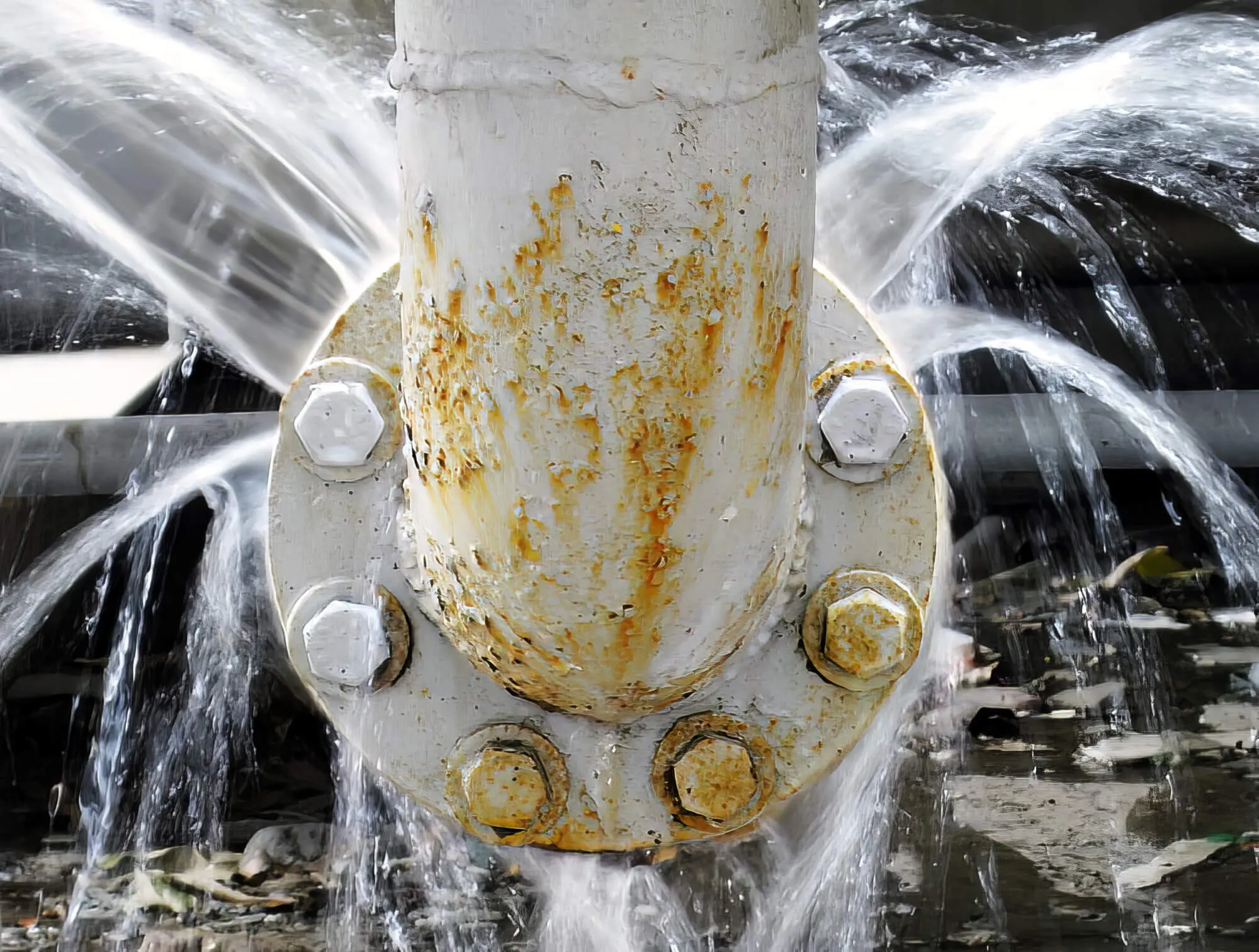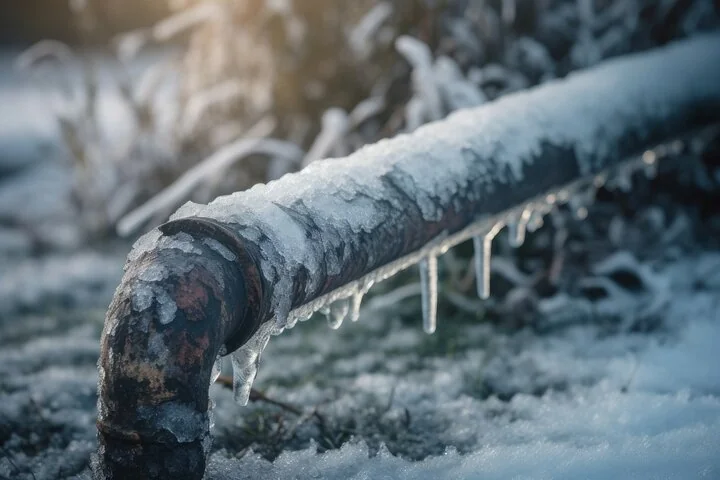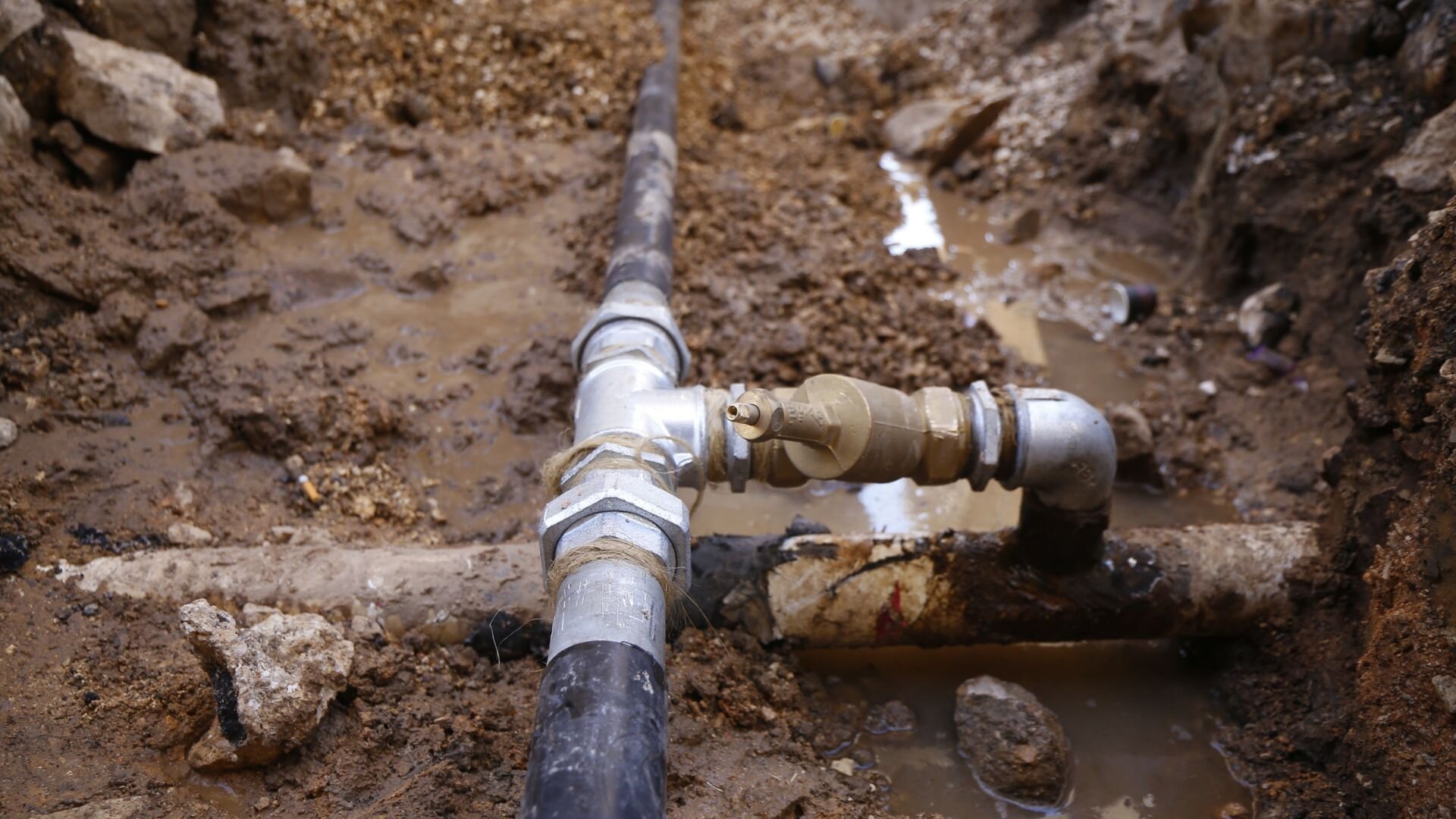Burst Pipe Insurance Claims: What You Need to Know for Water Damage Coverage
Burst Pipe Insurance Claims: What You Need to Know for Water Damage Coverage
Blog Article
What to Do When a Pipe Bursts: Immediate Tips for Property Owners
A pipeline burst can be a homeowner's worst headache, resulting in substantial damage if not addressed promptly. The instant response is important: first, find the source of the leakage and turned off the primary water shutoff to avoid additional flooding. Following this, draining pipes the pipes comes to be vital to minimize added concerns. Nevertheless, several home owners neglect the value of documenting the damages for insurance coverage claims, and the procedure doesn't finish there. Understanding the detailed actions to take can have an extensive influence on recuperation and restoration initiatives. What follows next is important for effective resolution.

Assess the Scenario
Begin by determining the source of the leak; this may include checking the location around the ruptured pipe for visible indications of water getaway. If the ruptured happened in a hidden area, such as within a wall or under a flooring, look for water discolorations or merging that might show the area.
Next, review the surrounding environment for hazards. Inspect for electric cables that may be exposed to water, as this poses a substantial threat of electrocution. Furthermore, make note of any valuable items or furnishings that may be at threat of water damage. Understanding the range of the circumstance will aid you prioritize your following actions properly.
Recording the damage via photographs can additionally be useful, particularly for insurance coverage cases. Time is important, as standing water can lead to mold and mildew growth and additional structural damage. By thoroughly evaluating the circumstance, you will be much better prepared to take the necessary actions to mitigate additional issues developing from the burst pipeline.
Turn Off the Water
The instant priority after recognizing a ruptured pipe is to turn off the water supply to avoid further flooding and damage. Find the main shut-off valve, usually discovered near the water meter, in the cellar, or on an outside wall. Transforming this shutoff clockwise will certainly stop the flow of water throughout your home, minimizing the risk of considerable water damage.
If you are unable to find the primary shut-off shutoff or if it is malfunctioning, you might require to shut off private shutoffs attached to the impacted pipe, if accessible. Some homes additionally have secondary shutoffs for details home appliances, such as washing makers or dish washers.
It's recommended to familiarize on your own with the place of these shutoffs before an emergency takes place, as this expertise can conserve beneficial time throughout a crisis. On the occasion that the primary valve is stuck or difficult to turn, do not require it; rather, think about looking for expert help.
When the water supply is turned off, take a moment to analyze the circumstance additionally while preparing for the next steps, making sure that your home is as safe as feasible from extra water breach.
Drain the Pipes
After shutting down the water system, it is necessary to drain the pipelines to decrease any type of remaining water that can bring about additional damage. Begin by opening up all faucets in the home, starting from the greatest level to the most affordable. This procedure urges the water to spurt entirely, enabling gravity to help in eliminating residual water from the pipes.

Be careful when draining pipes hot water, as it can cause burns. Allow the water to leave up until the flow ceases. Make use of towels or a wet vacuum to saturate it up if you observe any type of remaining water merging. Effectively draining pipes the pipes is crucial to avoid more difficulties and assists protect your home from added water damages during this demanding circumstance.
Contact an Expert
In the wake of a ruptured pipeline, speaking to a specialist plumber is crucial to make certain an extensive analysis and efficient fixings. Attempting to take care of the situation without experienced assistance can bring about further damages and issues. A qualified plumbing has the knowledge and specialized devices necessary to determine the origin of the leak and address it effectively.
When selecting a plumbing technician, focus on those with a solid reputation and pertinent experience in emergency situation pipes services. Checking online evaluations, getting references, and validating qualifications can aid you make an enlightened option. It is advisable to call several specialists to contrast feedback times, approximated prices, and solution offerings.
Once you have engaged a plumber, provide them with as much details as possible regarding the occurrence, consisting of the place of the ruptured pipeline and the steps you have already taken. This info will aid them in diagnosing the issue swiftly and accurately.
Document the Damages
Once a plumbing has been contacted and the immediate issues addressed, it is vital to record the damage caused by the burst pipeline. Begin by taking clear photographs of the affected areas, concentrating on visible damages to walls, floor covering, and home furnishings.
Following, put together a breakdown of harmed things, including their approximate value and any kind of pertinent acquisition information. This stock should include permanent components, personal valuables, and any architectural damages observed. Consist check here of the approximated cost of repair services based on specialist assessments or previous quotes for similar work. if possible.
In enhancement to written and visual documents, maintain records of any kind of interactions with your plumber and insurance policy supplier. This information will sustain your case and facilitate a smoother procedure for repair work. Be meticulous in your paperwork initiatives, as extensive documents can dramatically influence your capacity to receive compensation and quicken reconstruction efforts. By taking these steps, you will certainly be better prepared to navigate look at this web-site the results of the event - burst pipe.

Final Thought
Immediate evaluation of the scenario, complied with by closing off the major water supply, is vital. Draining the pipes and recording the damages ensures appropriate handling of the case for insurance coverage purposes.
The instant priority after determining a burst pipe is to shut off the water supply to protect against additional flooding and damages. Transforming this valve clockwise will stop the circulation of water throughout your home, mitigating the danger of extensive water damage.
After closing off the water supply, it is important to drain the pipes to reduce any type of continuing to be water that might lead to added damages. For homes with a warm water heating system, you must likewise drain the storage tank by her explanation attaching a tube to the drain valve and routing the water into a suitable container or outside.
Effectively draining pipes the pipes is vital to avoiding further issues and helps safeguard your home from additional water damage during this demanding scenario.
Report this page